What will the long-term impacts of the coronavirus crisis be? In our new article series, we will be addressing the pressing questions and exploring the options that are available for those seeking to create a better future.
The coronavirus pandemic has transformed both the global operating environment and small mundane routines. The crisis has created a state of uncertainty and discontinuity in which future developments remain more obscure than usual. Therefore, it is time to think about the possible futures right now, that is, what kind of a world we want to have after the pandemic.
In the Impacts of the Coronavirus article series that was originally published in Finnish weekly throughout the summer, we reflected on megatrends, the impacts that the coronavirus will have in the long run, what tensions have become stronger, what has surprised us, what developments give rise to hope and what should be discussed right now.
“Sitra does not aim to offer an all-encompassing explanation of the world. Instead, with the article series, we want to highlight questions and observations that might be of use in building something new and taking the leap into the future,” says Sitra’s President Jyrki Katainen.
Among many others, the following questions emerged as being important: Can we create an impetus for ecological reconstruction? What means of power and use of information do we want to support? How can we reduce inequality and increase trust? How can we reform the economy to be sustainable? On what terms do we want to harness technology?
Options and hope
Megatrends offer a tool for understanding the post-coronavirus world and identifying the realistic options available to decision-makers. The coronavirus crisis can accelerate some changes that are already in progress, but the developments illustrated by the megatrends have not disappeared all of a sudden. The coronavirus crisis can also give rise to some new phenomena as a result of which it is also important to monitor the first symptoms of change, or weak signals, alongside the megatrends.
Potential options can be surveyed by paying attention to tensions between the megatrends. The tensions between centralised decision-making and extensive engagement, between preserving the old and the capacity for renewal and between the “infodemic” (information epidemic) and appreciation of science and research have strengthened in particular during the coronavirus epidemic. Identifying the tensions and potential options is important because the foundations of the post-coronavirus world are being laid down now.
“In addition to questions and the options we might explore, it is important to stimulate hope,” says Katri Vataja, Director of Foresight, Insight and Strategy at Sitra. “To my mind, hope is currently visible in things such as community spirit and caring for each other and, say, the strengthening of civil society. We should, however, bear in mind that we have no hope of returning to the old; with today’s choices, we can build a foundation for a better future. It is relevant to consider how the application used for tracking chains of infection will collect people’s data or how the billions spent on restoring the economy will be used.”
Sitra’s task is to foresee future developments and drive the renewal of our society. The coronavirus pandemic adds a new dimension to our future-oriented work. In recent months, we have been analysing the long-term impacts of the pandemic, have taken part in diverse experiments carried out under tight schedules and have submitted proposals for tackling the crisis. This article series is part of that work.
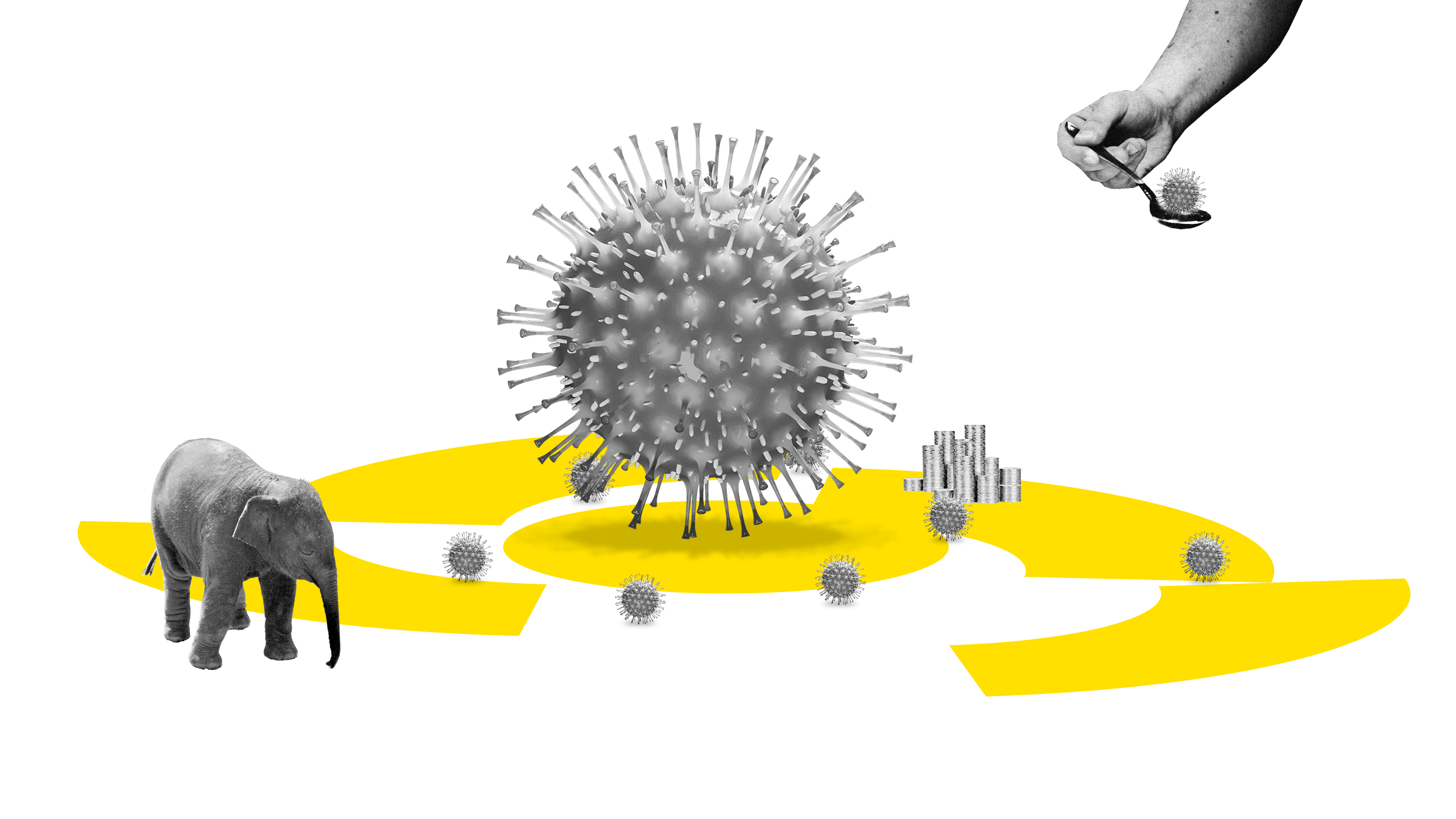

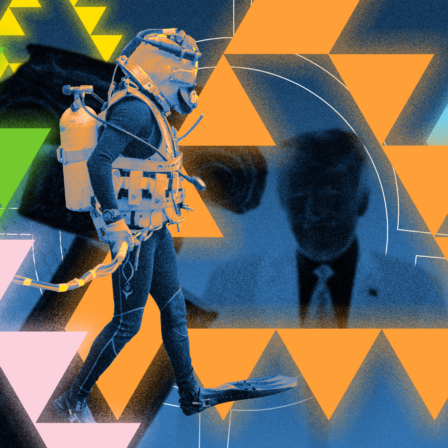
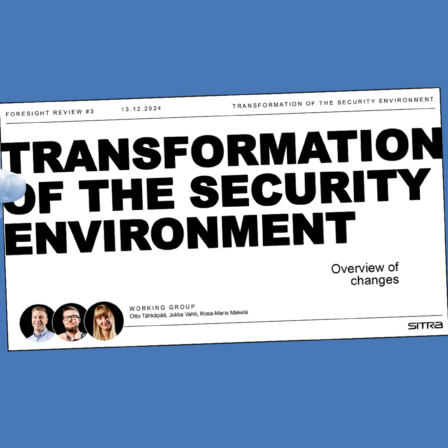
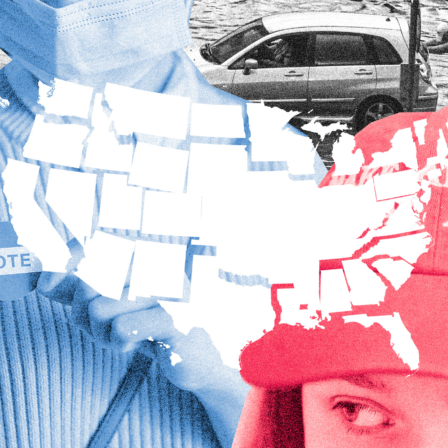





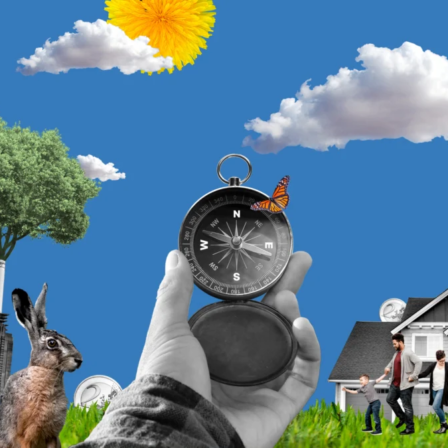

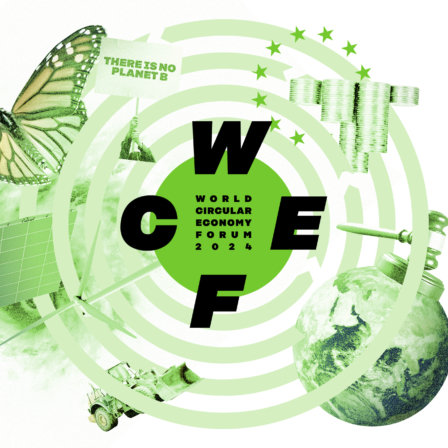
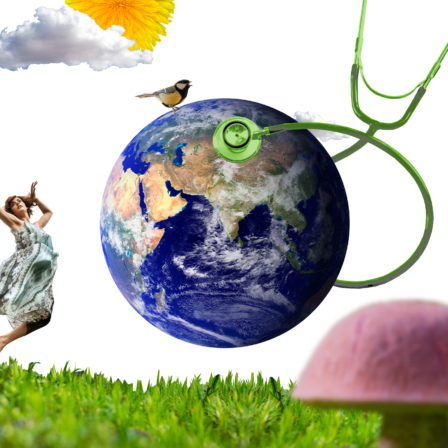
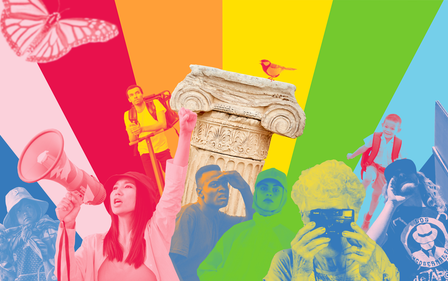
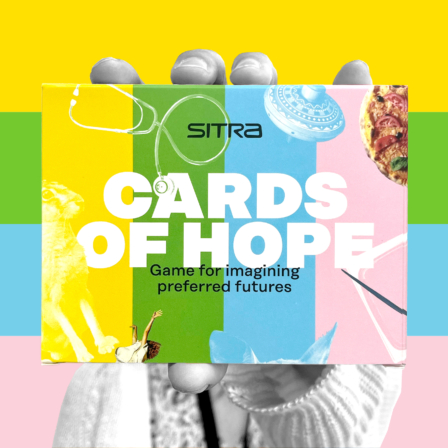
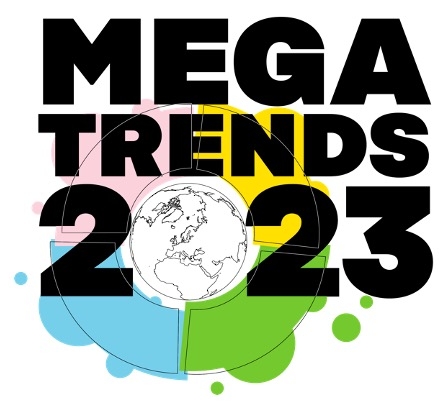
Recommended
Have some more.